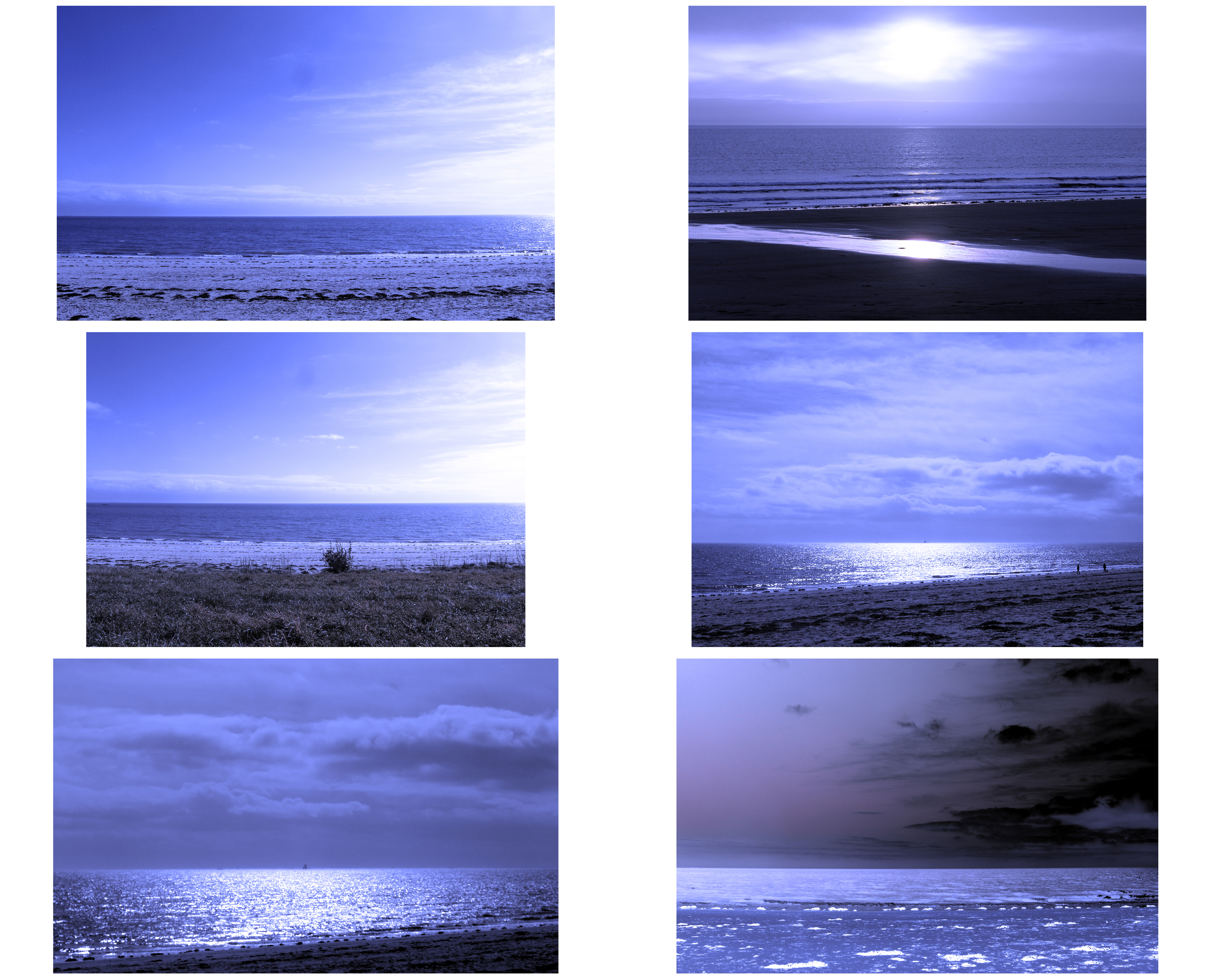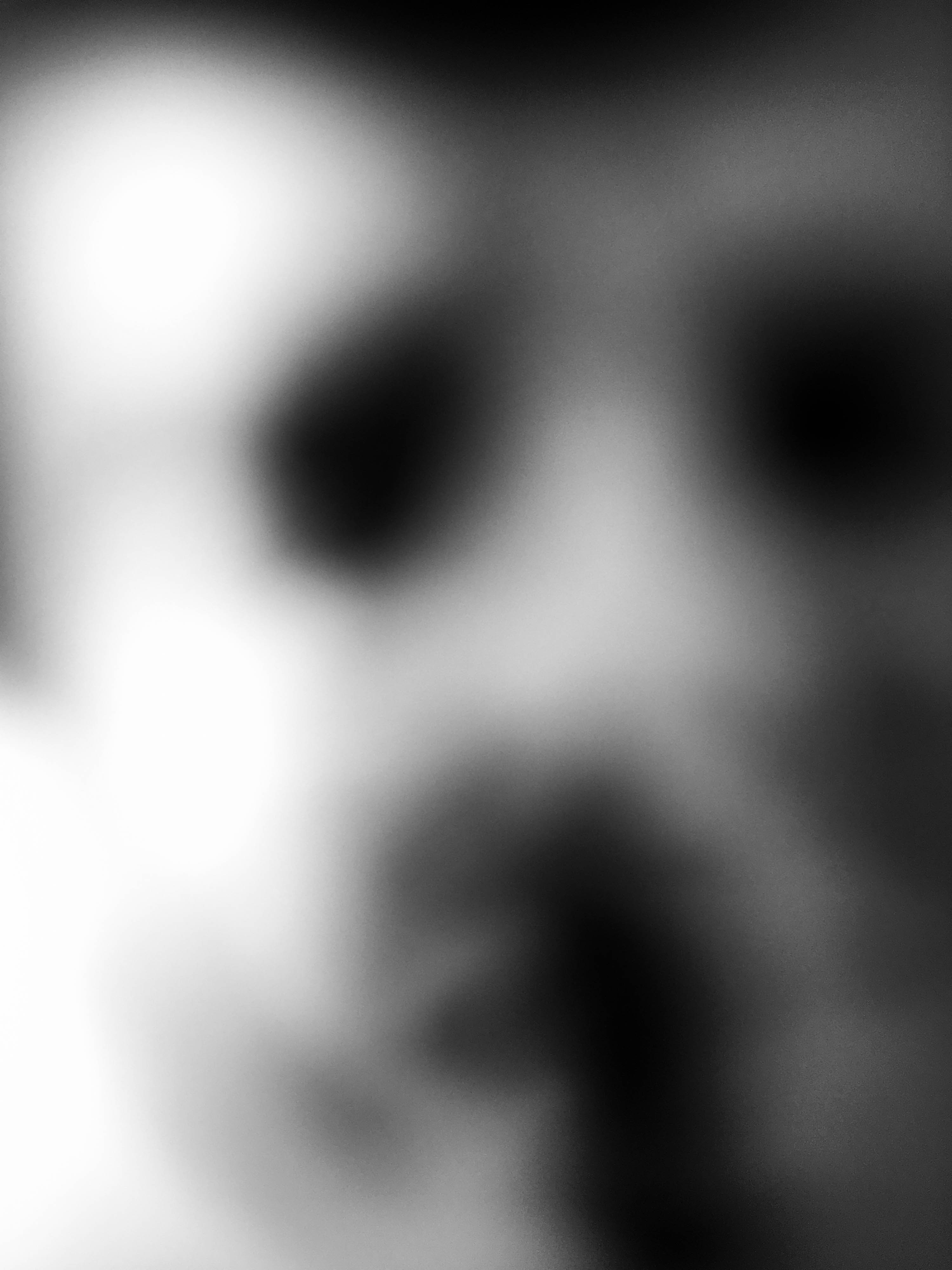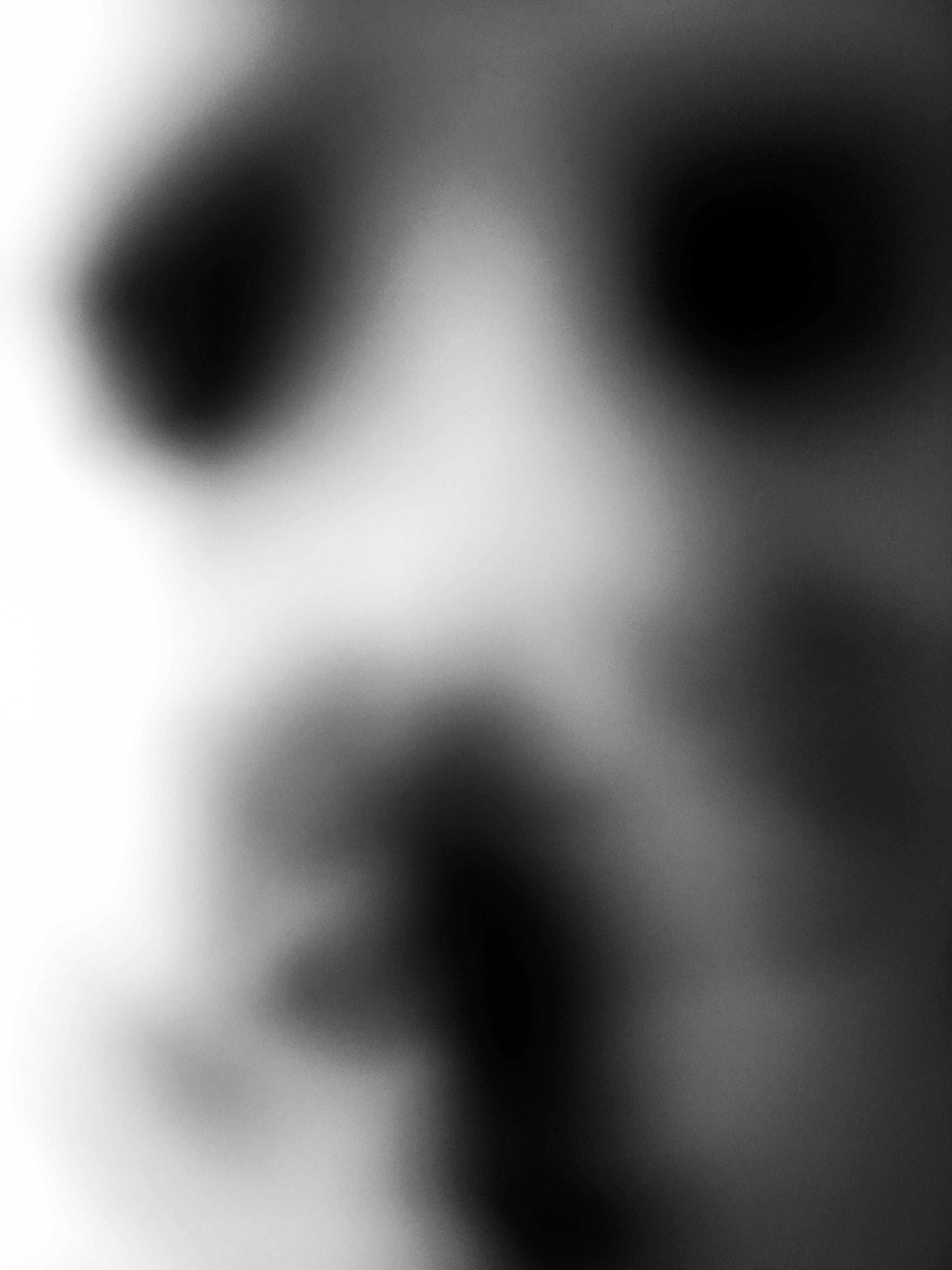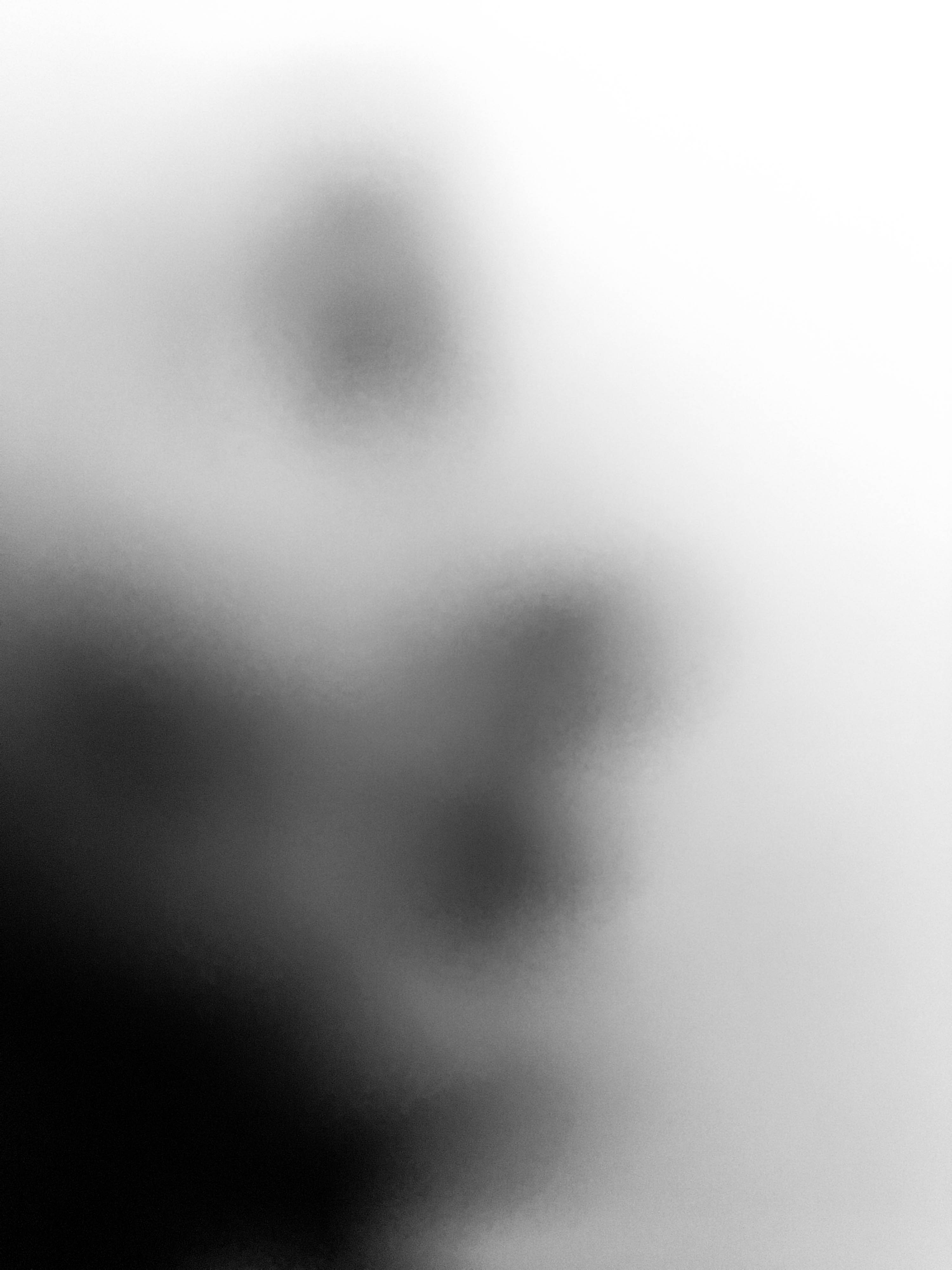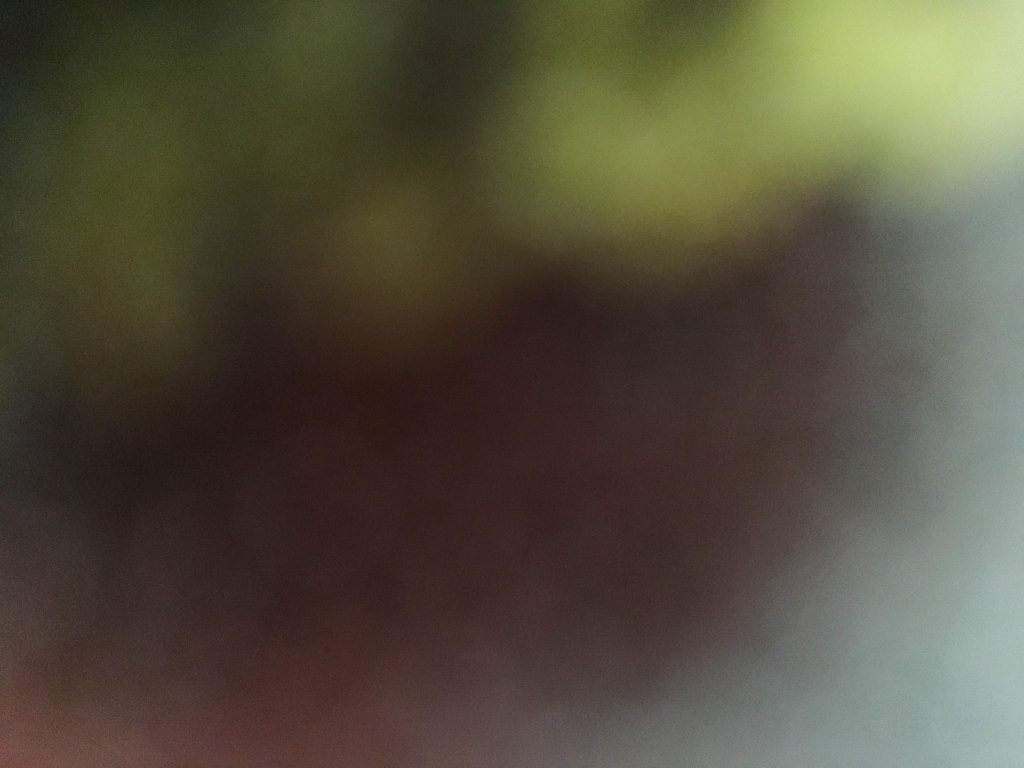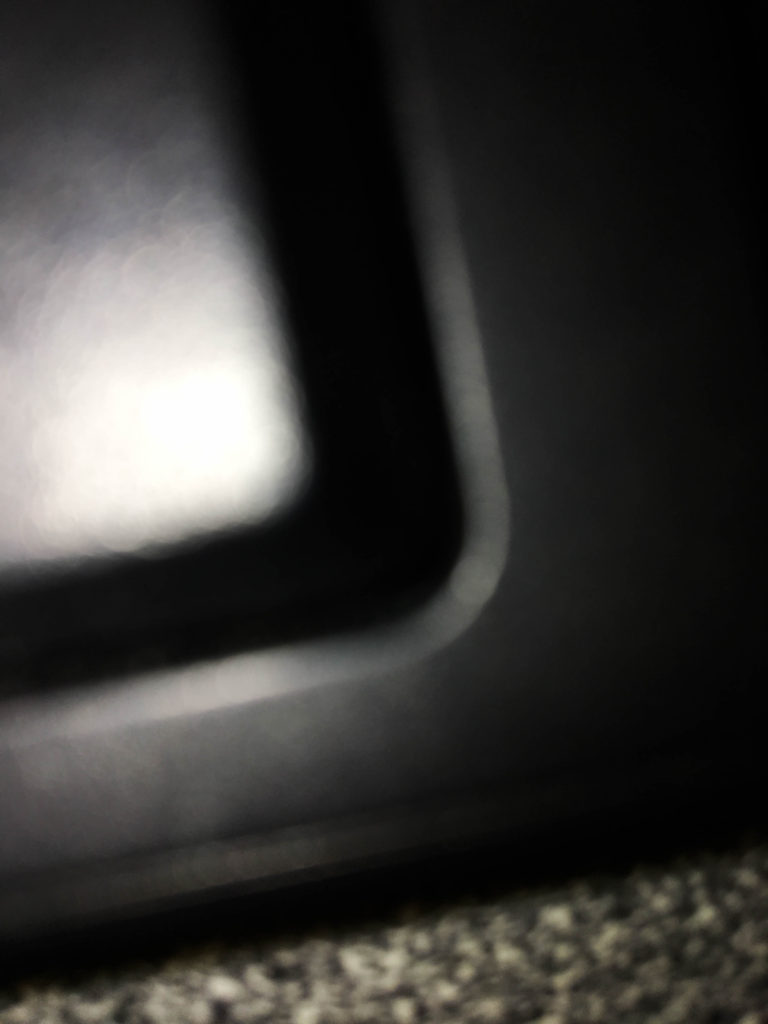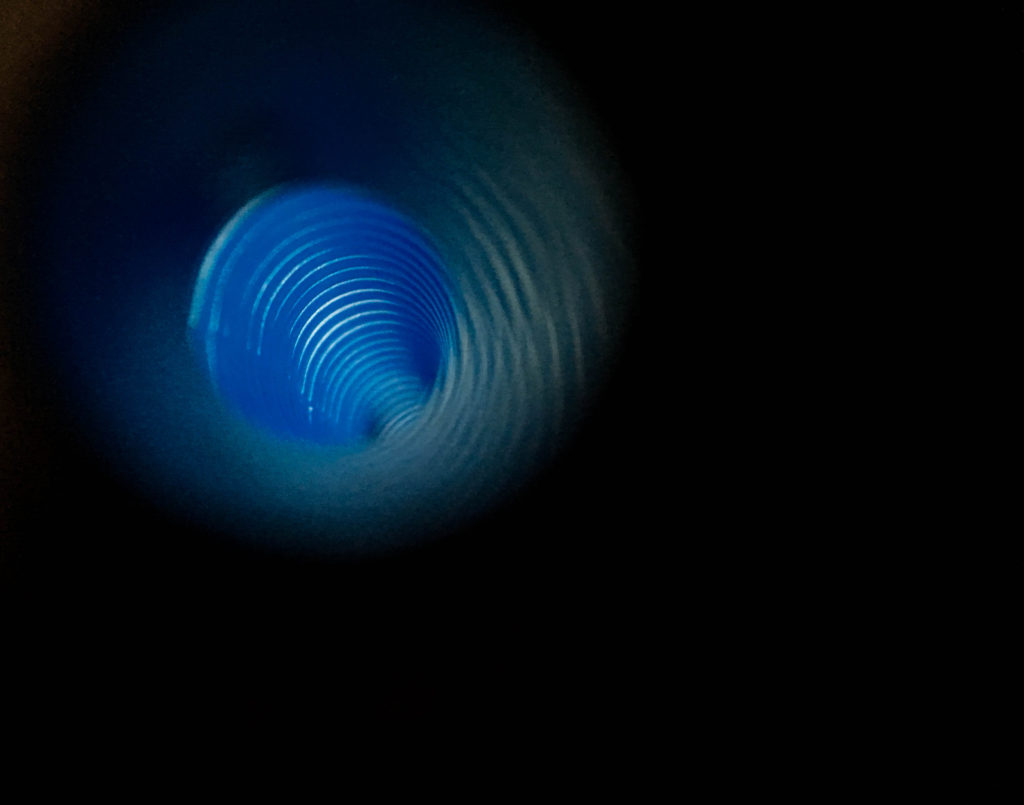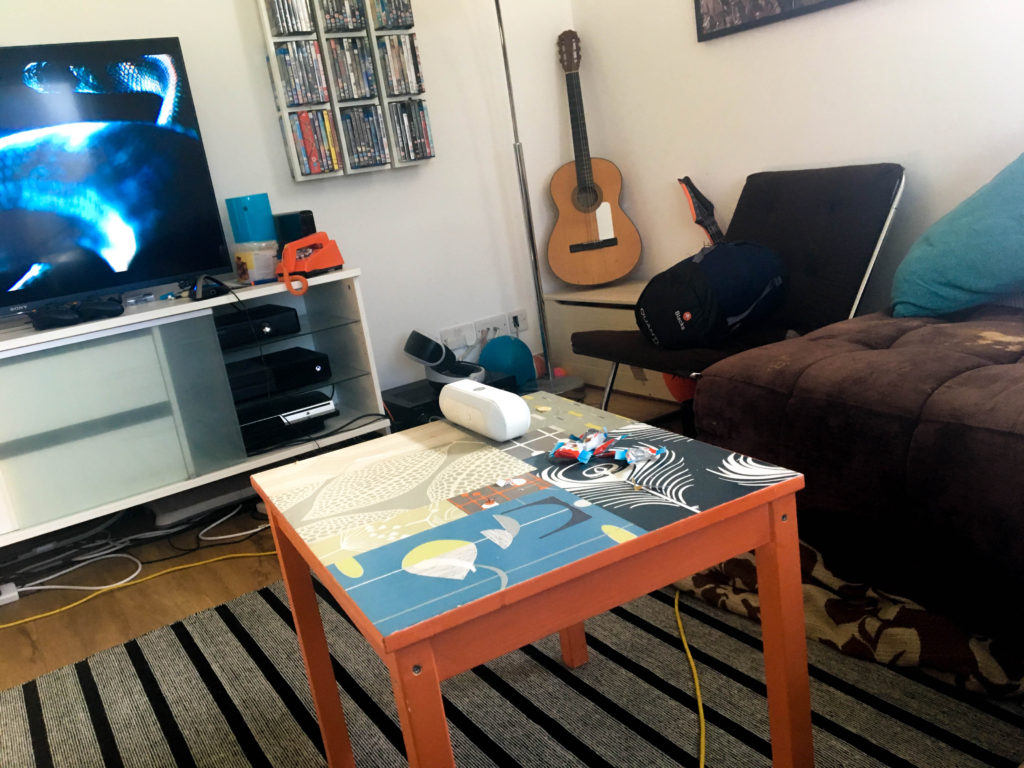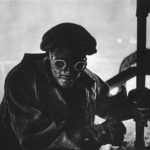On Saturday 10th March, I carried out my first practise/experiment shoot with Lucy as my model for the day. I based my photoshoot at Les Quennevais Estate where there are many opportunities to capture my subject in an urban environment as the area is surrounded by maisonettes, apartment buildings and garages all within close proximity of each other and so I saw it is as the perfect opportunity to begin my project and I intend to re-visit this location again with another of my models.
From the shoot., I can take many positives but also many negatives and ways I can improve for next time however, I am pleased there were weaknesses in the shoot as this gives me a basis of which to judge on how to better my performance of my next shoot on Wednesday 14th March (today).
This shoot was a very successful and useful photoshoot as I have managed to retrieve several positives outcomes in terms of edits; I have edited my best images – this being around 30 images out of the 330 I took and I did this on Adobe Lightroom as it is a very easy software to import, edit and export images with. Using this software allowed me arrange my images into contact sheets and it also allowed me to reject any images I did not like or were not of a good compositional quality and I was also able to put aside and rate images that were a success and that I intend to use.
In terms of the actual day of the photoshoot, it was a perfect day for me to take photos. The weather was perfect – it was sunny and this was the perfect light for my shoot considering I was working solely with natural light – the clear sky and sun provided perfect lighting for the afternoon and this in-turn benefited the final outcomes because the colours were very warm and this complemented Lucy’;s makeup and I was able to get very clear and crisp shots using my new lens. However, I am aware that on my future shoots, the weather will be very varying and I may not get the best weather conditions and because of this I may have to postpone any shoots where I deem it is necessary. As well, it is likely that I will be shooting after school hours at about 4pm and I need to take into consideration that the lighting may also not be great as the sun will soon be going down so will have to work around this to get the best results.
I will discuss later on in this post about the location and why I chose it as well the problems I had using my camera and how this affected the final results. As well I will comment ton my edits and my reasoning behind my choice of images and why I edited them very subtly with the intention just to enhance any colours that needed lifting or to crop any images where the composition/framing was not the best.
Contact Sheets
These are all the contact sheets from the shoot which I have created using Adobe Bridge. Creating these contact sheets gave me the ability to view all images in an orderly fashion all in one place and from this I was able to roughly mentally discard of any images I was not happy with.







Once I had created my contact sheets, I was then able to import all my images into Adobe Lightroom to begin making a shortlist of my favourite images and begin editing them from this step onwards.
On this software, I was able to make a selection of my best images and discard any images that were not up to the standards of the others. From 330 images, it was quite difficult to narrow this down to a smaller array of images but at the same time it was quite easy because I was able to decipher easily between the successful images and weaker images; this being because most of my images were out of ficus and I was immediately able to understand the reason for this fault.
Because this photoshoot was the first time I was using my new 50mm fixed lens, I was not completely aware of the results of I was going to get from it as I was not sure on the right settings to use for different shots. Because it is a fixed lens and has a much lower f/stop of f1.4, I was very keen to use this feature as it is perfect for portraits shots where you want to focus on the subjects face and isolate them from the background in which they stand. I was using this throughout the shoot and kept my camera aperture between f/1.4 and f/3.6 for the majority of the time, rarely switching to much higher aperture which I needed to do. On top of this, I was often standing to far away from the subject for the camera to actually focus on anything in the frame and this is what the cause was for a large range of my shots being out of focus and I now know how to improve upon this for my next shoot where I will be more cautious of the f/stop I am using for specific shots.
On Adobe Lightroom, it gives me the ability to rate each image out of a star rating of 5. From all my successful frames and after editing them all how I wish, I did exactly this and rated all the images I had gathered into this one place to allow to understand my best ones and the weaker ones.
2 Stars
These are the edits which I have rated 2 stars because although they are still good images, they are my strongest ones and I would not be happy using them as finals if I was to keep these images as finals for the overall project.



3 Stars
For the following images I have given them a rating of 3 stars because I felt that they were a little better than the images above but still not the standard of my other edits. Furthermore, the edits below are other variations of the better shots that I have rated 5 stars later on in the post. Some of them are from the same area which we based a few of the shots and I have still edited them but have not out them in the 5 star rating because they are weaker variations of similar range of shots. However, the first two are still one of my favourites from the whole shoot and especially out of the photographs rated 4 stars because of the colour provided by the blue garage door behind Lucy.
The images following these two are also other variations of the better versions of the mini shoot we based on the road near Les Quennevais School where Lucy is seen on the road/pavement posing in front of a set of apartments on the green area behind her; but I still feel these images are strong and worth showing.
Also, most of the images I am showing work as a mini sequence if they were taken in close succession to each other and frame similar actions in the image and these would be obvious.









5 Stars
Below are my best images; the ones which I have rated 5 stars because of their quality and they are my favourite because of this.
In these images, I have also included a few images that do not frame Lucy and instead are images of landscape/environment we were surrounded by and where I was taking my images. I decided to do this and intend to do this throughout my perfect in all other shoots to provide consistency but more importantly, give the project something more that just portraits – it will fragment the structure of portraits and divide these up to give the audience a break to digest other images bit it will also provide a really effective look and a a basis for me to structure my other subject based images. It will show a different view to what is shown in the images that has a heavy focus on faces and subjects and will instead focus on admiring the beauty that is provided by a range of environments where I am basing the shoots.

















On Adobe Lightroom, I was also able to narrow down my edits even further to the ones I would likely use in the magazine end product and the ones shown below would be the selection I would again have to narrow down even further to leave me with just 5 images that I would be happy to show in my magazine. In real magazine publications of fashion coverage, a photographer/editor would only have room to select between 5 and 1- images, if that for the final cut as you need to keep the audiences interests hooked and this is easily done with a good handful of effective images. I was able to colour code the shortlist of edits I selected that I believe would work in a magazine whilst taking into account pairs of photos that could work and trying top include a range of portraits and landscapes as well as close ups and wide shots. Below is a primary screen of the selection process and the final selection of images to choose from for the final cut.
The yellow colour coded images represent the edits I may use and these are ones I am insure on in terms of if they would actually work in the magazine and although they are goof images I feel they work well, I have chosen to select, with a green colour code, the bets images that would look most effective in a magazine when put together, however, this distribution between the green and yellow images may change later on as I may decide to remove some green ones and replace these with some yellow ones.





















